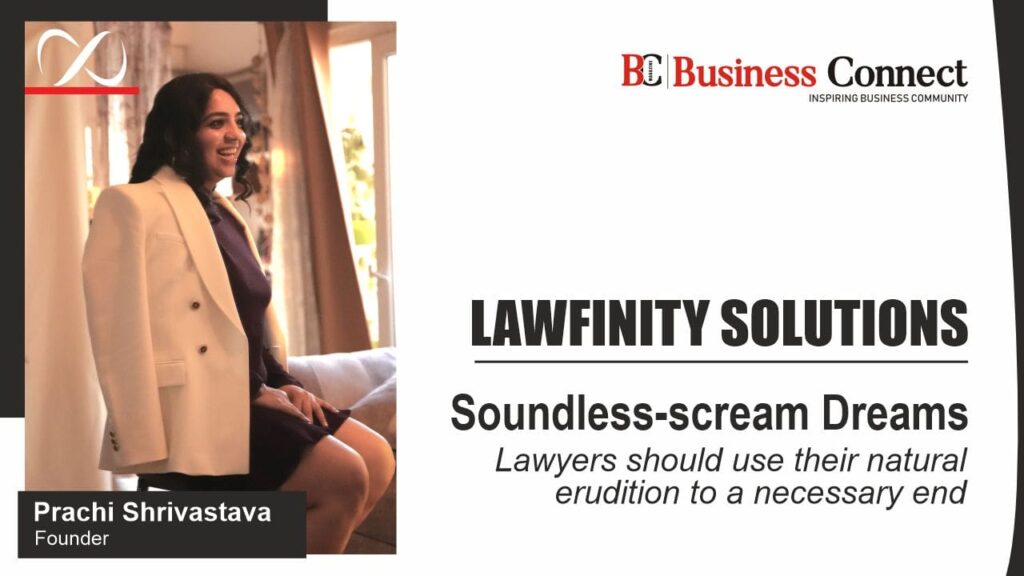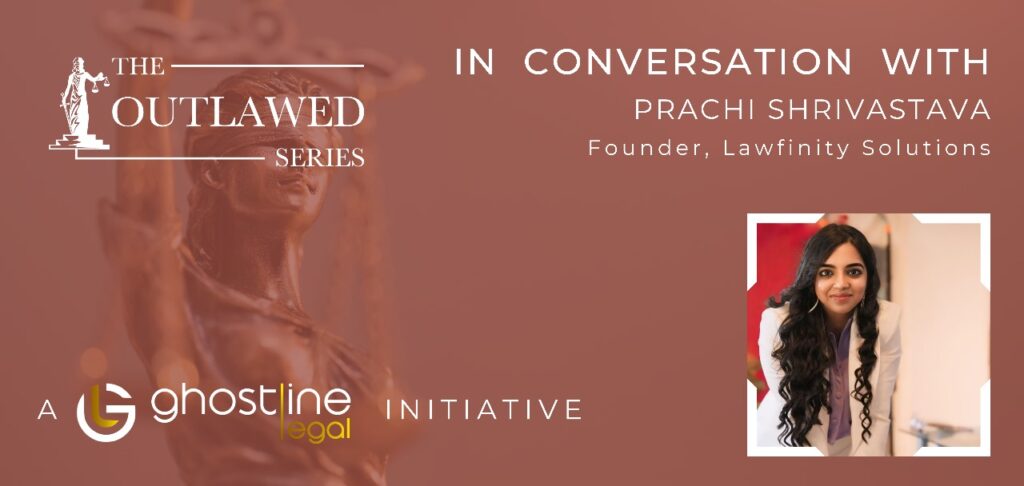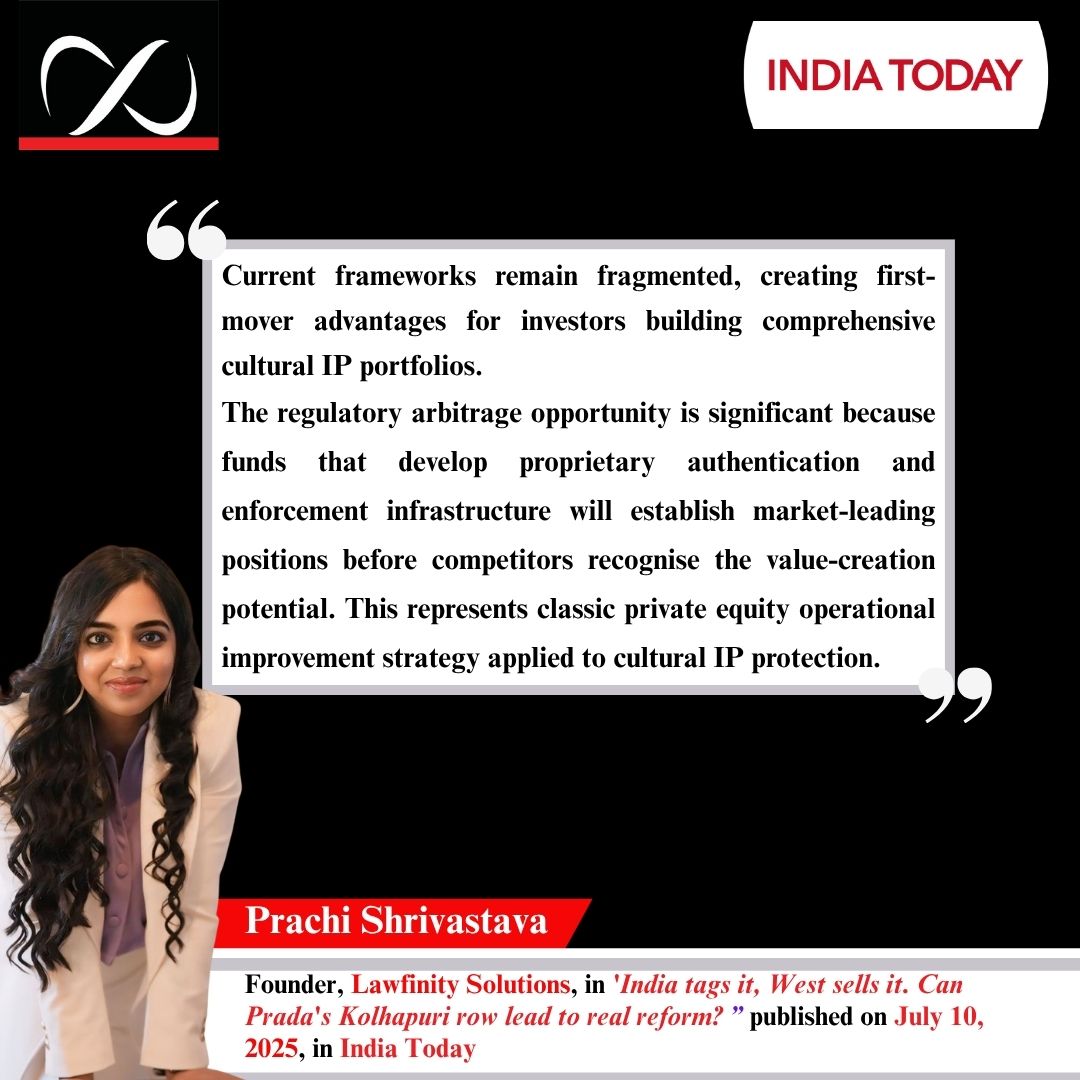Something I posted on LinkedIn this week sparked an unexpectedly heated conversation in legal circles.
The observation was straightforward: When lawyers charge “reading fees” before they can assess whether a matter has merit, it often signals a gap in pattern recognition rather than professional rigor.
The response was… instructive. Senior practitioners explained why this was necessary, junior lawyers defended it as standard practice, and a few sent private messages saying “finally someone said it but I could never post this publicly.”
That last category interests me most.
Two Different Activities, One Confusion
Here’s what seven months of observing legal service transactions has taught me: There’s a fundamental mismatch between how legal professionals think about their work and how clients in 2025 actually evaluate counsel.
Let me separate what’s actually happening:
Activity One is professional triage. An experienced practitioner hears basic facts and provides directional guidance: “In similar situations, here’s what typically unfolds. These are the probable paths. Here’s the realistic timeline and cost range.”
Activity Two is deep analytical work. Reading extensive case files, reviewing contracts, analyzing precedents, building strategy. Obviously time-intensive and obviously billable.
The controversy arises when Activity Two pricing gets applied to Activity One assessment, before the client even knows if this lawyer has relevant pattern recognition for their specific situation.
The uncomfortable reality: for many lawyers, especially those building practices in new areas, the extensive “reading” is genuinely necessary because they haven’t built sufficient pattern libraries to triage confidently.
That’s not shameful. That’s just where they are in their expertise development. But charging clients for that expertise-building while framing it as standard professional practice? That’s where the signal gets muddy.
The Generational Practice Inheritance
Many current practitioners inherited intake models from an era when information asymmetry was far more pronounced. Thirty years ago, you had perhaps three realistic options in your city, no easy way to research them, and limited ability to compare approaches.
Today’s founder researches their legal question online, reads case analyses, watches explainer content, and enters consultations with baseline knowledge and multiple options shortlisted. The power dynamic has fundamentally shifted.
When a lawyer says “I need to read everything before I can tell you anything,” what clients increasingly hear is: “I’m not confident I understand your situation yet.”
Whether that’s accurate or not almost doesn’t matter. That’s the signal being received.
The Professions That Figured This Out
Other high-stakes professional services evolved past this years ago.
Top management consultants don’t charge reading fees to assess whether they can help. They demonstrate pattern recognition through insightful questioning during intake, then scope the engagement.
Architects don’t bill you to determine if your project is feasible. They walk the site, ask strategic questions, sketch preliminary concepts, demonstrating spatial thinking before formal engagement.
Elite medical specialists do extensive case review after they’ve used initial consultation to demonstrate diagnostic thinking and establish fit.
None of these professions view pre-engagement assessment as revenue extraction. They view it as conversion infrastructure. And crucially: they can do confident intake assessment because they’ve built deep pattern libraries. The assessment itself becomes proof of expertise.
What Actually Undermines Trust
There’s a conversation happening in founder communities that most lawyers aren’t privy to:
“I reached out to Lawyer A about our regulatory notice. They said send everything, there’s a INR 50,000 reading charge, then we’ll talk. Lawyer B heard me out for 30 minutes, sketched three likely scenarios based on similar cases, laid out realistic timelines, explained what usually works with that regulator, then quoted for the actual work. Obviously went with B.”
The tragedy? Lawyer A might have been more experienced, more credentialed, more technically proficient. But they optimised for protecting time rather than demonstrating expertise.
In a market where clients have choice, that optimization loses.
The Real Risk: Positioning Decay
When you treat intake as a billable filter rather than a conversion opportunity, you’re implicitly betting that your reputation is strong enough that clients will pay for assessment, you have limited competition, and client behavior won’t evolve toward comparison shopping.
For truly elite practitioners with exceptional reputations, that bet holds. For the vast majority – including talented practitioners building strong practices – that bet is failing quietly. Clients are making decisions during intake conversations, and “I need to charge you before I can assess your situation” is increasingly the signal that ends consideration.
The Question Nobody’s Asking
The heated debate focused on whether reading charges are justified. That’s the wrong question.
The right question is: What client behaviors are your intake practices creating, and are those the behaviors you want?
If your approach encourages comparison shopping, fee negotiation, and hesitation, you can either blame clients for being difficult or redesign the approach producing those outcomes.
One path maintains righteous frustration. The other builds sustainable practices.After watching hundreds of these interactions, I know which path scales.
The legal profession can continue defending intake models built for different market conditions, or it can evolve toward what actually converts sophisticated clients in 2025.
Both are valid choices. Only one is strategic.
Bio: Prachi Shrivastava is founder Brand signal architecture and reputation management firm Lawfinity Solutions and legal help curation platform Vakil Vetted.












